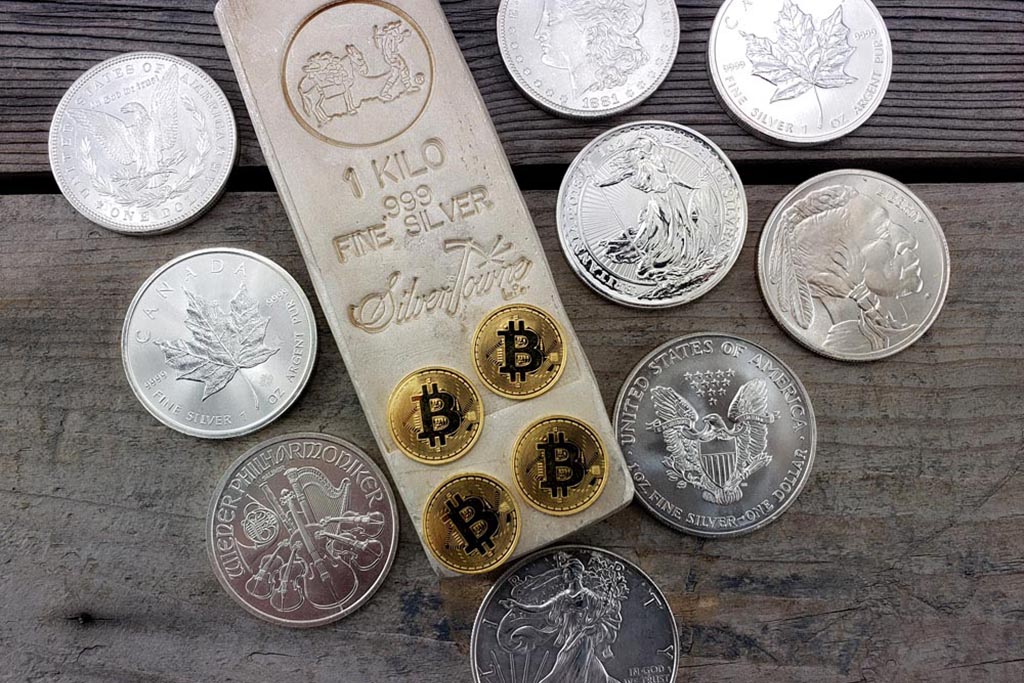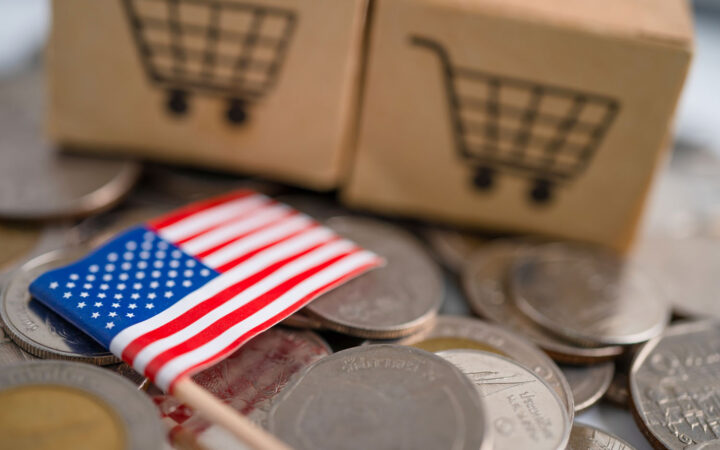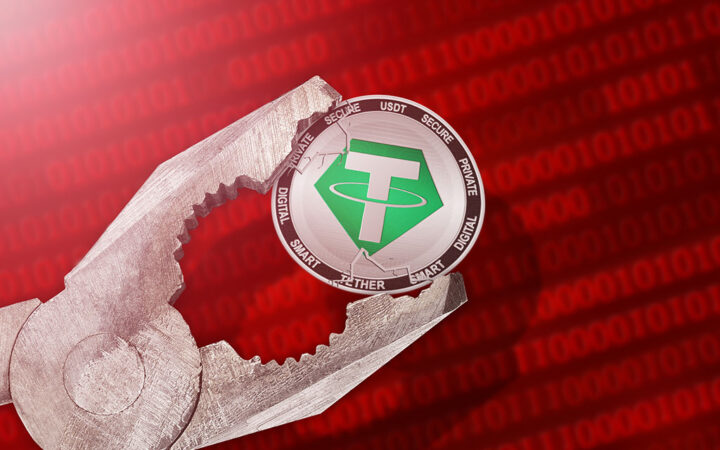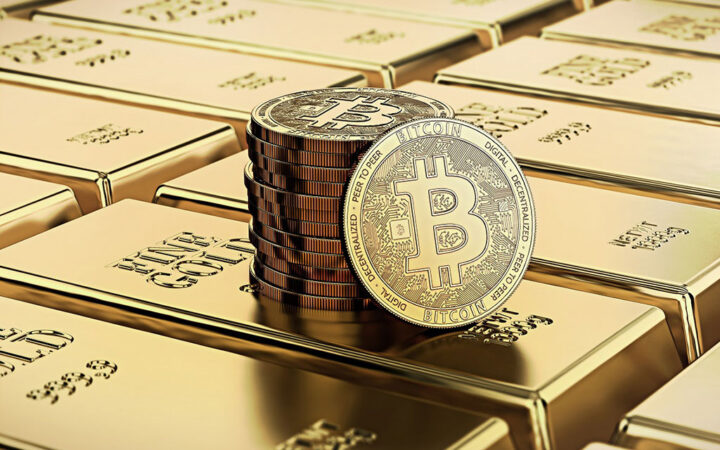
Please check out latest news, expert comments and industry insights from Coinspeaker's contributors.
The bull case for gold would be reclaiming $1900/oz and consolidating around $1950/oz for a few weeks before breaking $2000/oz again.

Most Americans have already heard about the high inflation numbers and a possible recession. But is buying gold or silver the right approach to hedge your wealth in times of financial turmoil? First of all, understanding the relationship between the price of gold and silver in times of economic instability is most important. While you can consider gold a hedge against inflation, silver is different. Silver is of course a precious metal used to mint coins and bars, but the main reason for mining silver is its use in various industries. Silver is used in solar technologies, electronics, catalysts, brazing and soldering, automobiles, water purification, jewelry, and even the medical industry.
Generally speaking, silver’s higher exposure to price volatility during times of lower consumer and industrial demand and higher inflation makes it a less attractive hedge investment than gold (you can find the current gold price here). During a recession, it is extremely likely that gold will outperform silver. But it could be different this time.
With the combination of record-breaking oil and gas prices and the world’s move to become green and climate-friendly, solar technologies are the future.
And it’s a fact that the solar industry is one of the biggest consumers of silver. So if the solar industry doubles production, twice as much silver will be needed to cover demand. It won’t take much for the industry to double and solar-related products may be responsible for a big change in the price of silver.
Buyers should consider that a tremendous increase in demand for solar products during a recession is unlikely. On the other hand, the US Mint just recently set a sales record for American Silver Eagle coins, which may be a strong sign of conviction for a silver bull market in the near future. Silver truly has the potential to become the new shining star on the metal market.
Widely respected financial advisors are generally recommending you put approximately 10% of your net worth into precious metals. Most experts would also agree on a ratio of 70:30 in favor of gold, but would they also recommend gold and silver as a hedge against inflation and potential recession?
Historically, gold can be called a “store of wealth” with higher price stability than silver. Over the last few months, record-breaking inflation numbers have been reported by the US Bureau of Labor Statistics. Almost every month, the CPI (Consumer Price Index) showed prices increased almost every month. We witnessed a declining silver price and a slightly outperforming gold price. At the same time, other commodities, and oil and natural gas especially, significantly outperformed. With investing, timing is key, and buying gold or silver coins is something you should plan well in advance and over a longer time period.
Most successful investors buy coins over months and years. They keep an eye on inflation, politics, and economics without changing their buying behavior too significantly or too abruptly. It is not wise to buy into a market when it’s already hot. The widely known reason for buying into something that’s already significantly increased in price is fear of missing out. That’s also probably the number-one reason many consumers underperform rather than outperform.
It is of course an option to buy into gold or silver coins during inflationary and/or recessional times with a shorter investment horizon, but in that case, timing is even more important. You may want to buy into silver in the last third of a recession rather than at the beginning. With gold, it’s the other way around; buying at the beginning of a recession rather than the end of a recession is recommended. The challenge of that strategy is predicting the recession cycle. Take analysts from JPMorgan, Morgan Stanley, or Fidelity. They all come out with different opinions and predictions. Ultimately, it’s up to you to judge and make a decision based on your personal circumstances.
Besides the fact that gold and silver can be considered store of wealth, precious-metal buyers are also attracted by the beauty of gold and silver merchandise. While some love coal or rainbow-colored silver coins, others prefer nicely cleaned and shiny coins. For cryptocurrency enthusiasts, Bitcoin gold coins are available in 999 pure gold—the right choice for anybody who distrusts fiat money.
You may have heard the saying that history repeats itself, and some money managers may agree to a certain extent that we can learn from previous high-inflation times. Most experts, on the other hand, believe that 2022, 2023, and 2024 will be very different. They refer to the fact that we are living in a “post-COVID world” with a very strong labor market, high consumer demand, huge supply chain issues, and war in Europe. The war, in further consequences, has resulted in a wheat and corn shortage that’s led to an immense increase in food prices. In a highly inflationary world, consumers might assume that buying gold or silver coins is the perfect hedge against losses from buying dollars, euros, and other currencies.
In fact – and in this case, history may repeat again – buying gold or silver coins may result in underperformance.
In recent weeks, gold has shown relative weakness. After strongly breaking out of a multi-year consolidation and smashing $2000 per ounce, the bulls couldn’t defeat the bears. As quickly as the gold price increased, the price consolidation happened just as fast. Meanwhile, in highly inflationary times, the gold price is struggling a lot. Some of the selling pressure may be lost on private buyers. In recent months, many investors lost a lot of money in the stock market and with cryptocurrencies. For the many Americans who have been burned financially and are facing high losses, stepping in as a buyer for gold at a discounted price is not an option.
The bull case for gold would be reclaiming $1900/oz and consolidating around $1950/oz for a few weeks before breaking $2000/oz again. The bear case would be breaking through $1750/oz and taking a bad hit. Gold would then be very vulnerable to further losses.
Unfortunately, silver has already hit the worst-case scenario by breaking through multiple price support areas. By breaking the highly important 20 dollar/oz mark, silver now has a high risk of further price drops. The bull case could mean recession fears vanishing, reclaiming the $21/oz, $22/ oz, and finally reentering the price area of $25/oz to $27/oz before breaking $30/oz.
Disclaimer: Coinspeaker is committed to providing unbiased and transparent reporting. This article aims to deliver accurate and timely information but should not be taken as financial or investment advice. Since market conditions can change rapidly, we encourage you to verify information on your own and consult with a professional before making any decisions based on this content.

Please check out latest news, expert comments and industry insights from Coinspeaker's contributors.




